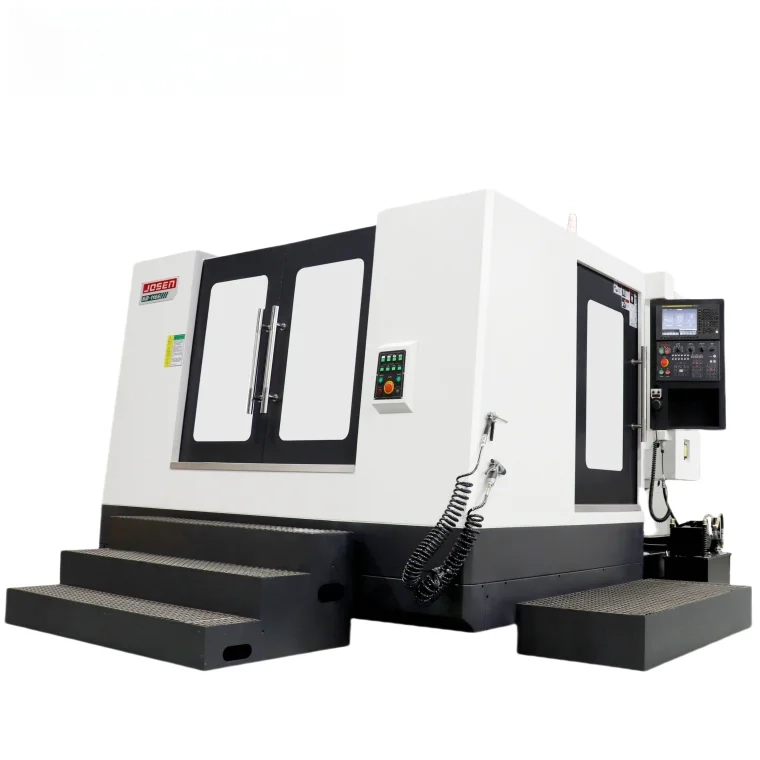When it comes to industrial heating systems, the furnace stands as a pivotal component, playing a critical role in various applications ranging from metal processing to chemical manufacturing. One of the key elements that determine the efficiency and effectiveness of a furnace is the heat exchanger. However, the question often arises: how many heat exchangers are typically found in a furnace? The answer is not as straightforward as one might think, as it depends on several factors, including the type of furnace, its design, and its intended application.
Understanding Heat Exchangers in Furnaces
Heat exchangers are devices designed to transfer heat between two or more fluids without mixing them. In the context of furnaces, they are essential for maximizing thermal efficiency and minimizing energy consumption. The primary function of a heat exchanger in a furnace is to recover waste heat from exhaust gases and transfer it to incoming air or fuel, thereby preheating these materials before they enter the combustion chamber.
Types of Furnaces and Their Heat Exchanger Configurations
- Industrial Furnaces: In large-scale industrial applications, such as steel production or glass manufacturing, furnaces may incorporate multiple heat exchangers. These can include:
- Regenerative Heat Exchangers: These systems store heat from exhaust gases and release it to incoming air or fuel in a cyclic manner. A typical industrial furnace may have two or more regenerative heat exchangers to optimize heat recovery.
- Plate Heat Exchangers: Used for their compact design and high efficiency, plate heat exchangers can be found in some furnaces, particularly in applications requiring precise temperature control.
- Residential Furnaces: In contrast, residential furnaces, such as those used for heating homes, typically feature a single heat exchanger. However, the design may vary:
- Single-stage Furnaces: These usually have one heat exchanger that efficiently transfers heat from the combustion process to the air circulated throughout the home.
- Two-stage Furnaces: These may incorporate two heat exchangers to provide better efficiency and comfort by allowing for variable heating output.
- Specialized Furnaces: Certain specialized furnaces, such as those used in the aerospace or semiconductor industries, may utilize advanced heat exchanger designs, including:
- Heat Recovery Steam Generators (HRSG): These systems can have multiple heat exchangers to recover heat from gas turbines or other high-temperature processes, converting it into steam for additional energy recovery.
Factors Influencing the Number of Heat Exchangers
The number of heat exchangers in a furnace is influenced by several factors:
- Efficiency Requirements: Higher efficiency standards may necessitate the use of multiple heat exchangers to maximize heat recovery.
- Process Requirements: Different industrial processes may require specific temperature profiles, leading to the incorporation of additional heat exchangers to meet these needs.
- Space Constraints: In some cases, the physical layout of the facility may limit the number of heat exchangers that can be installed, impacting the overall design of the furnace.
Conclusion
In summary, the question of how many heat exchangers are in a furnace does not have a one-size-fits-all answer. The number can vary significantly based on the type of furnace, its application, and the specific design requirements. Understanding the role of heat exchangers in furnace operation is crucial for optimizing energy efficiency and ensuring effective thermal management. As industries continue to push for greater efficiency and sustainability, the design and implementation of heat exchangers will remain a critical area of focus in furnace technology.





+ There are no comments
Add yours